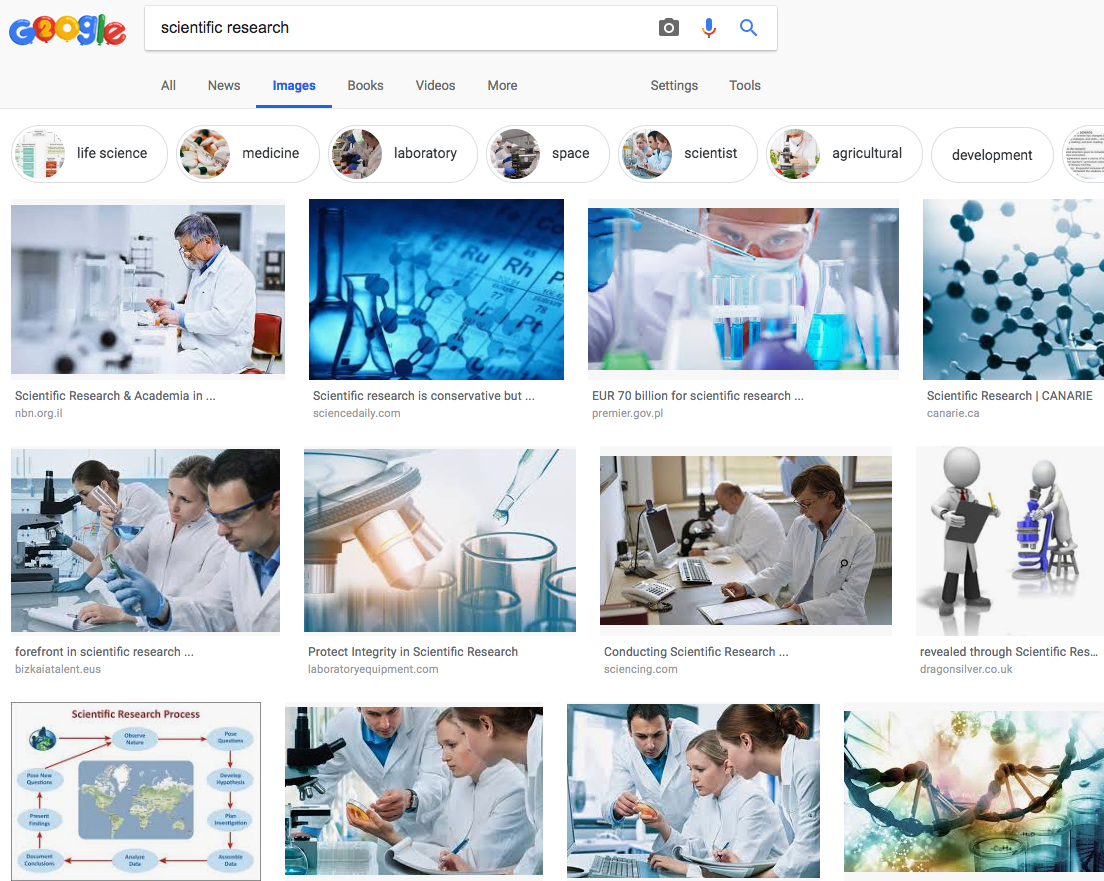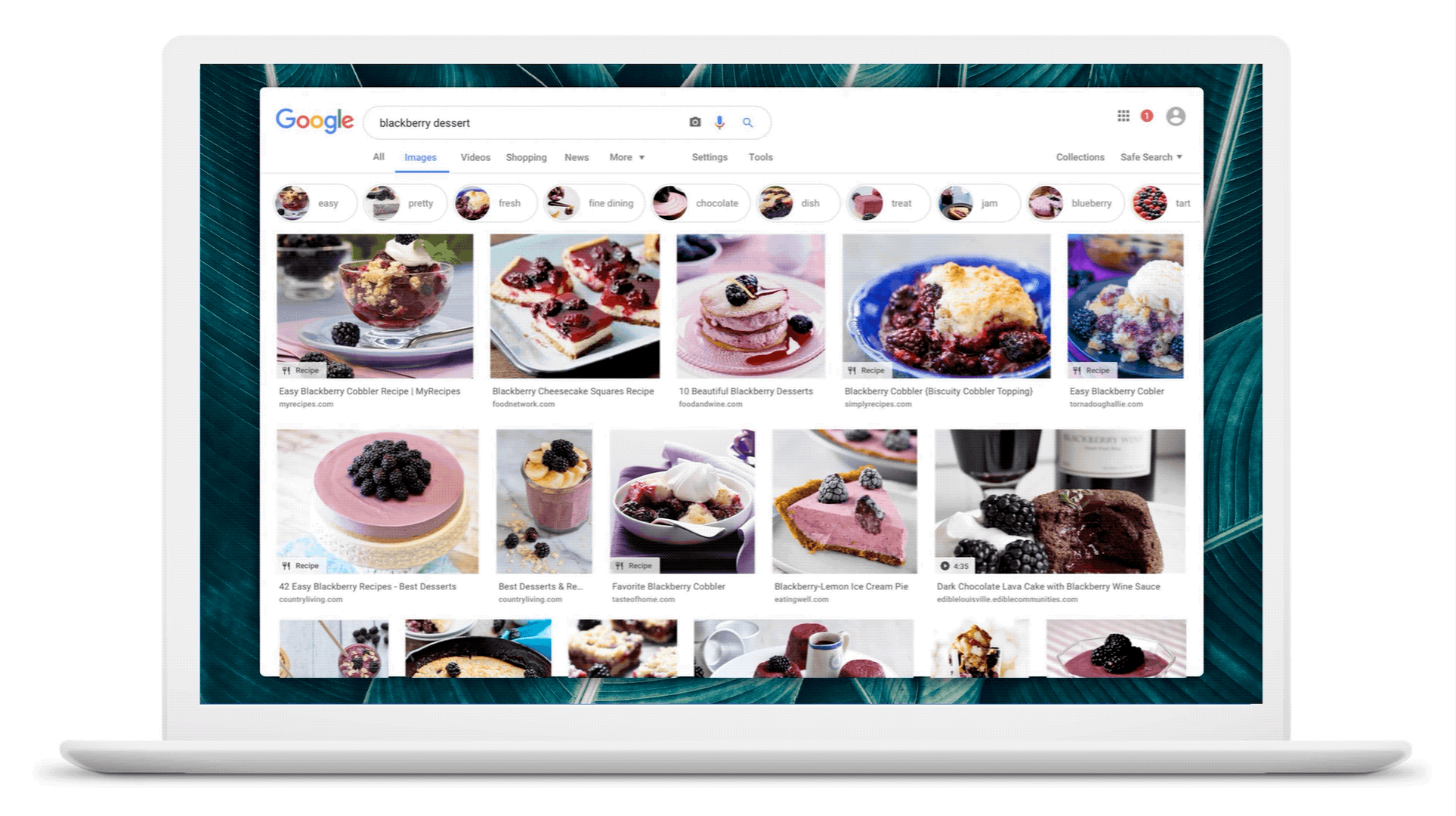Early September, John Mueller of Google reminded Twitter audiences to pay attention to one of the core tenets of SEO best practices: add alt-text to images so that image files rank in search. While seemingly a stale adage given its decade-long tenure, placing alternative text attributes—‘alt text’ is a commonly overlooked step by website and content creators.
Alt text is extremely helpful for Google Images -- if you want your images to rank there. Even if you use lazy-loading, you know which image will be loaded, so get that information in there as early as possible & test what it renders as.
— John (@JohnMu) September 4, 2018
Mueller’s post anticipated an updated image search design for desktop, announced during Google’s 20th anniversary event on September 24, 2018. The new desktop design echos many of the features debuted this past March on mobile image search, such as captions on images, image URL display, and bubble filters at the top of the page.

Not only does the desktop design better reflect mobile aesthetics, it elevates contextual functionality. Captions show the webpage title where the image is published, which in turn enhances suggested search terms at the top of the page, aiding user choices. This underscores the value of assigning relevant and descriptive titles to each page of a website.
Changes to the Google Images algorithm include signals based on an image’s position on the page. When users are looking on a web page for a specific image displayed in their search results, if the image is located central to the page, or higher up on the page, that site will signal higher in the ranking.

As the dissemination of visual search results continues to refine on ever-expanding device technology, user-focused design will feed SEO considerations.



